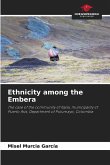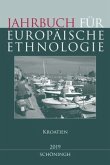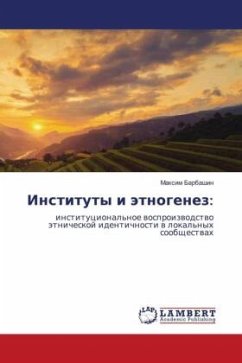In the last decade, labor migration has been the dominant type of migration movement in the post-Soviet space. The object of the authors' study is labor migrants from the near abroad and the Volga regions. The tasks are to study how migration attitudes are formed, how movement is built up and how strategies of mastering the new environment are implemented by labor migrants. Particular attention is paid to the analysis of the assimilation practices of labor migrants on the ethnic field. It is proved that the ethnic field - as a result of social construction by people themselves, acquires the nature of the structure in relation to migrants and becomes a real resource for them in the construction and implementation of economic strategies. It is shown that different ethnic groups of labor migrants accumulate ethnic constructs in their acquisition practices with this or that measure of intensity and play different roles and functions. This specificity is often determined by the subjective ethnic feelings of newcomers. The book can be useful for sociologists, demographers, economists, ethnologists, psychologists, and for those who are engaged in migration management and national policy formation.
Bitte wählen Sie Ihr Anliegen aus.
Rechnungen
Retourenschein anfordern
Bestellstatus
Storno








